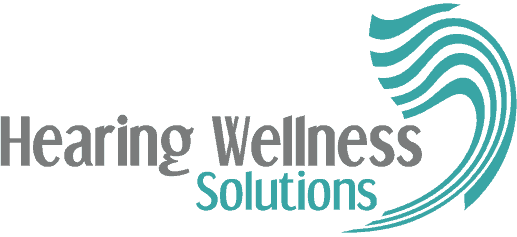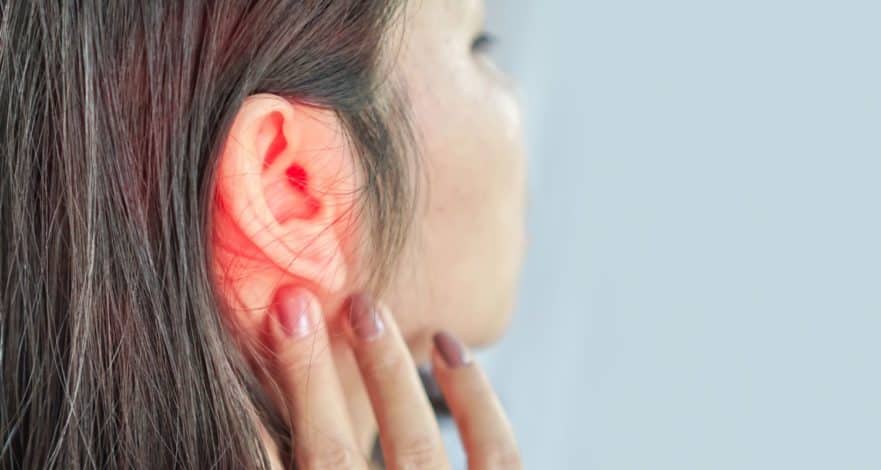Tinnitus is hearing sounds that aren’t coming from outside. Most people describe the sound as a “ringing” in the ear, but the sound can also be buzzing, tonal, clicking, hissing, or roaring. Tinnitus is a sign of damage to the hearing system and can be annoying and distracting.
The cause of tinnitus is different for each person because it can be caused by problems anywhere in the auditory system, including the outer, middle, and inner ears, as well as the auditory nerve, which connects our hearing to our brain.
Tinnitus can also be caused by head injuries or blows to the head, infections and other diseases, and medications. People often describe it as a “misfiring” of your hearing, where parts of your auditory system are activated as if they were in the presence of sound waves, even though they are not.
Most of the time, however, tinnitus is caused by hearing damage caused by too much noise. New research supports this idea further.
Study finds noise could increase the chances of tinnitus
A Korean study found that people with presbycusis (hearing loss caused by aging) had higher hearing thresholds, less loud tinnitus, and less damage to the hair cells in the inner ear than people with noise-induced hearing loss.
Even though people with presbycusis had lower hearing thresholds, their hearing delays were longer. The authors write that these things may be caused by the aging or degeneration of the central nervous system.
The study looked at 248 people with tinnitus who had noise-induced hearing loss or presbycusis from 2015 to 2020. (age-related hearing loss).
In the study, people with noise-induced hearing loss were defined as those exposed to noise in the past, like workers in the mining and machinery industries, and had a hearing threshold of 25 dB or higher. People with presbycusis are 65 years old or older, have never been exposed to loud noises, and have a hearing threshold of 25 dB or more.
Treating tinnitus
There is no cure for tinnitus, but there are ways to make it less bothersome. Tinnitus therapy often involves mixing tinnitus’s annoying sound with other sounds to make a soothing sound palette. This makes the tinnitus sound less noticeable to the listener. Tinnitus treatments are available on the internet, through smartphone apps, and in many hearing aids. Tinnitus can differ for each person, so it may take trial and error to find a treatment that works.
For people with a lot of hearing loss, it may make the most sense to look for a hearing aid with built-in tinnitus relief to treat this common and frustrating condition. Many modern hearing aids that help with tinnitus have a lot of different settings that can be changed to get the best tinnitus relief.
Preventing noise-induced hearing loss
Monitoring the volume of sound in your everyday life is essential to protect yourself from these kinds of noise exposure. Loud sounds should only be encountered for limited times, and the following chart can help you understand the right amounts.
- 85 dB for eight hours
- 88 dB for four hours
- 91 dB for two hours
As you can tell, it is crucial to monitor your noise level to ensure you are not being exposed to loud sounds unnecessarily. For reference, a sound at the level of 85 decibels might be a diesel truck at 40 miles per hour, a food blender might be 88 decibels, and a motorcycle 25 feet away might sound like 91 decibels. Earbuds at maximum volume can reach up to 110 decibels, so limit exposure as much as possible.
Get your hearing tested
If you’ve yet to experience tinnitus or are battling the issue, come and see us for a hearing test! We provide comprehensive hearing health services, from tests to hearing aid fittings to custom hearing protection. Contact us today to learn more.

